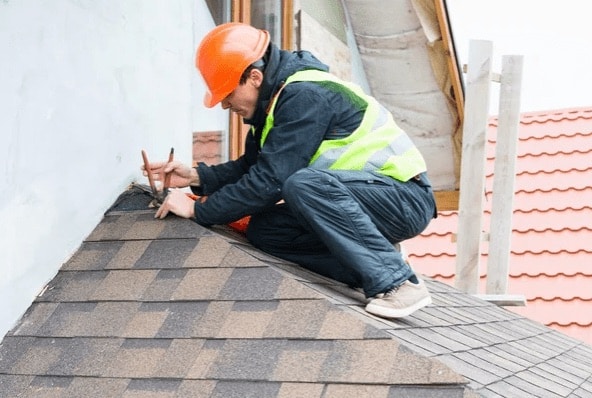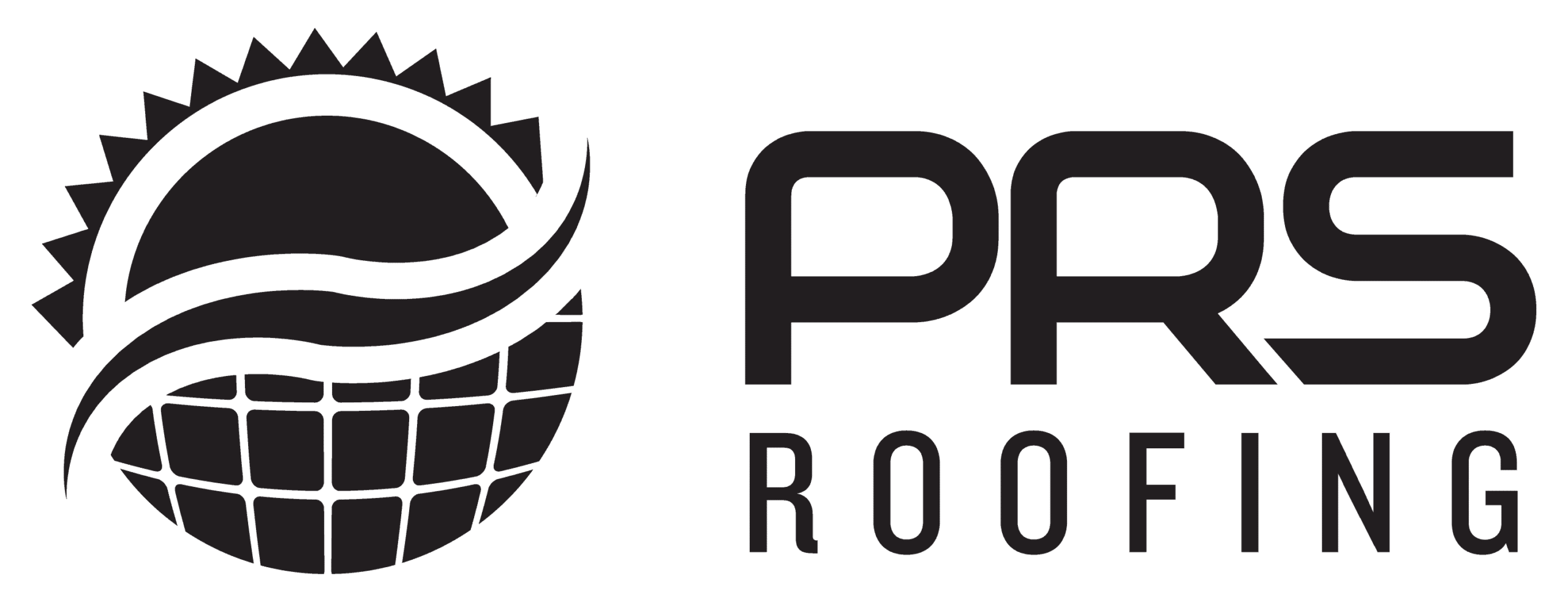Table of Contents
- Introduction
- Understanding Roof Failure
- Primary Causes of Roof Failure
- 1. Poor Installation
- 2. Inadequate Maintenance
- 3. Weather Conditions
- 4. Material Quality
- 5. Lack of Proper Ventilation
- Preventing Roof Failure
- 1. Hire Qualified Professionals
- 2. Regular Maintenance and Inspections
- 3. Use Quality Materials
- 4. Ensure Proper Ventilation
- FAQs
- Conclusion
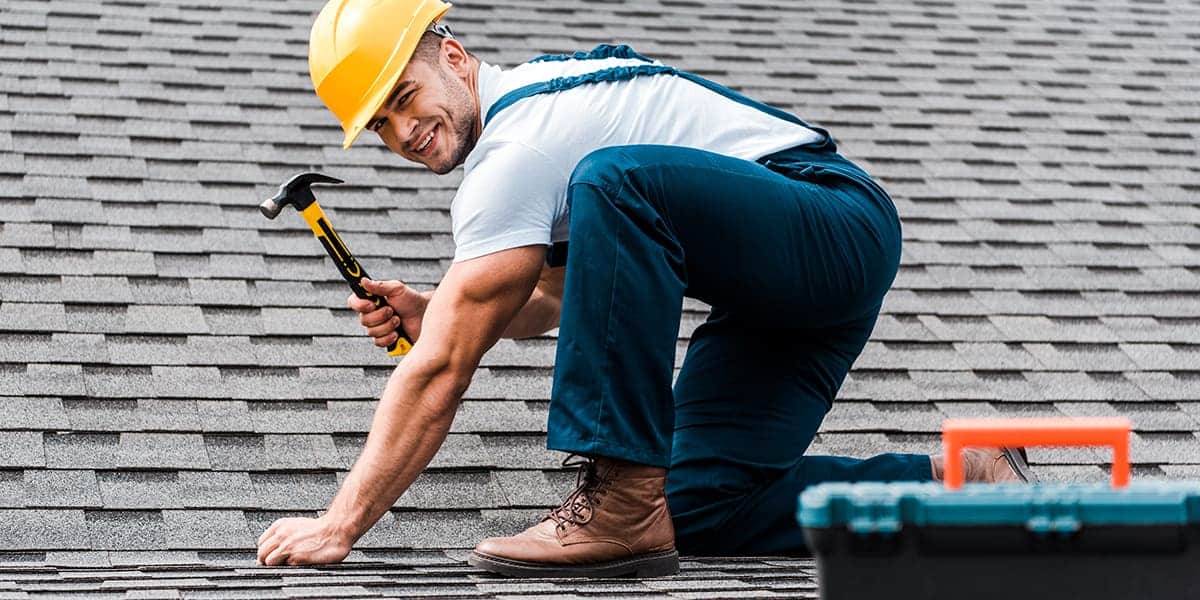
Introduction
Your roof is one of the most critical components of your home, providing protection from the elements and contributing to your property’s overall value. However, roof failure is a significant concern for many homeowners and can lead to expensive repairs or even full roof replacements if not addressed promptly. Understanding the main causes of roof failure can help you take proactive steps to maintain your roof’s integrity and extend its lifespan.
Understanding Roof Failure
Roof failure occurs when a roof can no longer perform its intended function of protecting your home from external elements like rain, wind, and sun. The failure can manifest in various ways, such as leaks, structural damage, or complete roof collapse. Addressing the causes of roof failure early can save you from costly repairs and the stress of dealing with significant damage to your home.
Primary Causes of Roof Failure
1. Poor Installation
One of the most common causes of roof failure is poor installation. A roof that is not installed correctly can have numerous issues, such as improper sealing, inadequate fastening, and poor alignment of roofing materials. These issues can lead to leaks, wind damage, and premature wear and tear.
- Improper Sealing: Without proper sealing, water can penetrate the roof, leading to leaks and water damage within your home.
- Inadequate Fastening: If roofing materials are not securely fastened, they can be easily dislodged by wind or other weather conditions.
- Poor Alignment: Misaligned shingles or tiles can create gaps and weak points, making the roof more susceptible to damage.
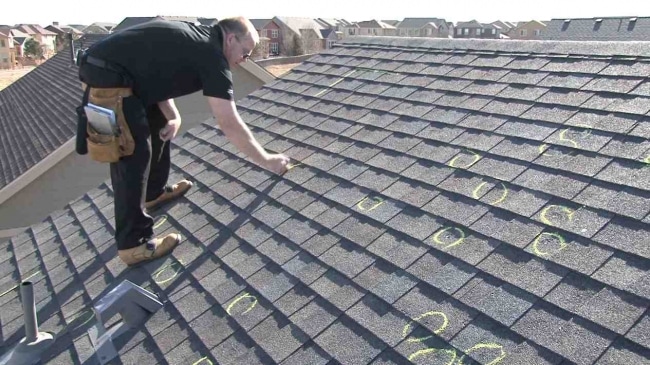
2. Inadequate Maintenance
Regular maintenance is crucial to extending the life of your roof. Neglecting maintenance can lead to minor issues escalating into significant problems that cause roof failure.
- Ignored Repairs: Small issues like a missing shingle or a minor leak can grow into severe problems if not addressed promptly.
- Debris Accumulation: Leaves, branches, and other debris can clog gutters and create areas of standing water on your roof, leading to deterioration.
- Moss and Algae Growth: Over time, moss and algae can damage roofing materials, particularly if they trap moisture against the roof’s surface.
3. Weather Conditions
Weather plays a significant role in the longevity of your roof. Harsh weather conditions can accelerate wear and tear, leading to roof failure.
- Heavy Rain: Prolonged exposure to rain can cause water damage, particularly if the roof has existing vulnerabilities.
- Strong Winds: High winds can lift shingles or tiles, breaking the roof’s protective barrier and allowing water to enter.
- Sun Exposure: Constant exposure to the sun’s UV rays can cause roofing materials to become brittle and prone to cracking.
4. Material Quality
The quality of the materials used in your roof construction is a significant factor in its overall durability and lifespan. Poor-quality materials are more likely to fail prematurely.
- Substandard Shingles: Low-quality shingles may not provide adequate protection against the elements and can deteriorate quickly.
- Incompatible Materials: Using materials that are not suited to your local climate or roof design can lead to early failure.
- Aging Materials: Over time, even high-quality materials will degrade and need to be replaced.
5. Lack of Proper Ventilation
Proper ventilation is essential for maintaining a roof’s health. Without it, heat and moisture can build up in your attic, leading to a variety of problems.
- Heat Buildup: Excessive heat can cause shingles to curl and weaken, leading to roof failure.
- Moisture Accumulation: Moisture trapped in the attic can lead to mold growth, wood rot, and deterioration of the roof’s structural components.
- Ice Dams: In colder climates, inadequate ventilation can contribute to the formation of ice dams, which can cause significant damage to the roof and gutters.
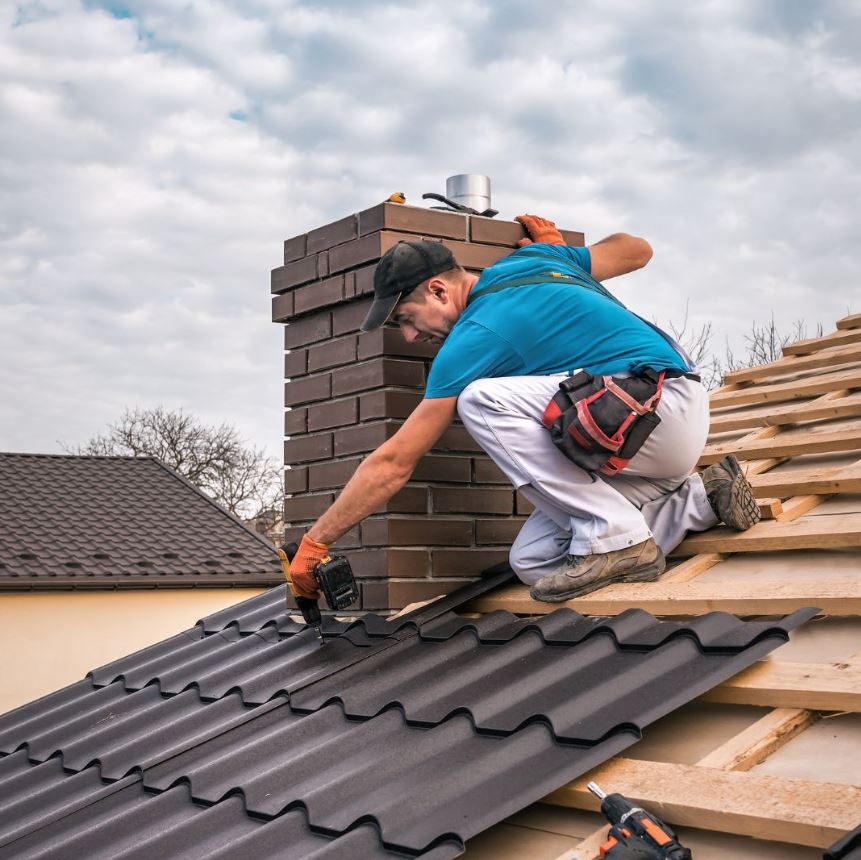
Preventing Roof Failure
1. Hire Qualified Professionals
Ensuring your roof is installed correctly from the start is the best way to prevent roof failure. Hiring experienced and qualified roofing contractors is essential.
- Licensed and Insured Contractors: Always hire contractors who are licensed and insured, as they are more likely to adhere to industry standards and provide quality work.
- Check References: Ask for references and read reviews to ensure the contractor has a good track record with previous clients.
2. Regular Maintenance and Inspections
Routine maintenance and inspections can help catch small problems before they become major issues.
- Biannual Inspections: Schedule roof inspections at least twice a year, preferably in the spring and fall, to identify and address any potential issues.
- After-Storm Inspections: After severe weather events, have your roof inspected for damage, even if it appears intact from the ground.
- Gutter Cleaning: Keep gutters clean to prevent water from backing up and causing damage to your roof.
3. Use Quality Materials
Investing in high-quality roofing materials can significantly extend the life of your roof and reduce the likelihood of failure.
- Choose Durable Shingles: Opt for shingles that are rated for your local weather conditions and have a good reputation for longevity.
- Consider Metal Roofing: Metal roofing is known for its durability and resistance to weather-related damage.
- Warranty Considerations: Select materials that come with a strong warranty to protect your investment.
4. Ensure Proper Ventilation
Proper ventilation is crucial for preventing heat and moisture buildup that can damage your roof.
- Install Ridge Vents: Ridge vents allow hot air to escape from the attic, reducing the risk of heat-related damage.
- Soffit Vents: Ensure your soffit vents are clear and unobstructed to allow fresh air to enter the attic.
- Balanced Ventilation: Aim for a balance between intake and exhaust vents to maintain optimal airflow in the attic.
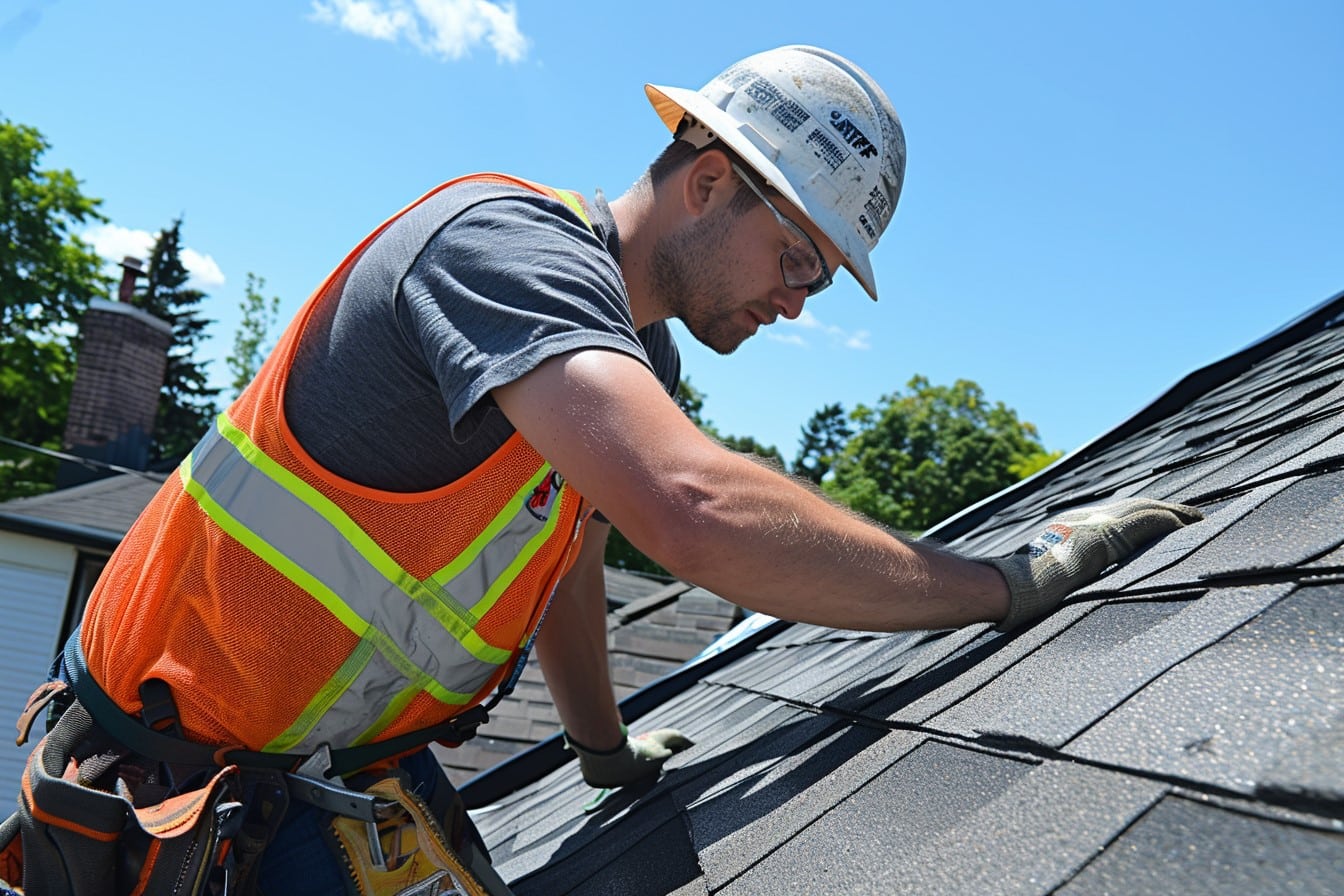
FAQs
Q: How often should I inspect my roof?
A: It’s recommended to inspect your roof at least twice a year, in the spring and fall, and after any major storms.
Q: Can poor-quality materials lead to roof failure?
A: Yes, using substandard or inappropriate materials can significantly increase the risk of roof failure, especially in harsh weather conditions.
Q: What are the signs of inadequate roof ventilation?
A: Signs include excessive heat in the attic, visible mold or mildew, ice dams in winter, and curling shingles.
Q: How can I prevent ice dams on my roof?
A: Proper attic ventilation and insulation can prevent the formation of ice dams by maintaining a consistent roof temperature.
Q: Is it necessary to replace the entire roof if I spot a few damaged shingles?
A: Not necessarily. If only a few shingles are damaged, they can often be replaced individually. However, widespread damage may require a full roof replacement.
Conclusion
Roof failure is a serious issue that can have costly and stressful consequences. By understanding the primary causes of roof failure—such as poor installation, inadequate maintenance, severe weather conditions, low-quality materials, and lack of proper ventilation—you can take proactive steps to protect your home. Investing in professional installation, regular maintenance, high-quality materials, and proper ventilation can significantly extend the lifespan of your roof, ensuring it provides reliable protection for years to come.
PRS Roofing is committed to helping you maintain a strong, durable roof. Whether you need a new roof installation, repairs, or regular maintenance, our team of experts is here to ensure your roof remains in top condition. Contact us today for a free quote, and let us help you safeguard your home from the risks of roof failure.
